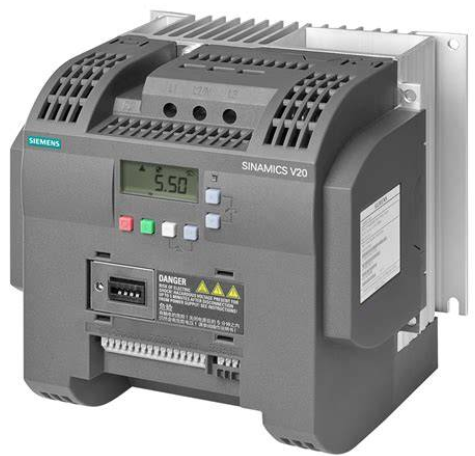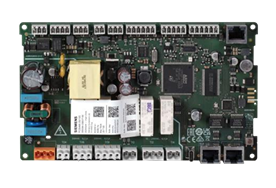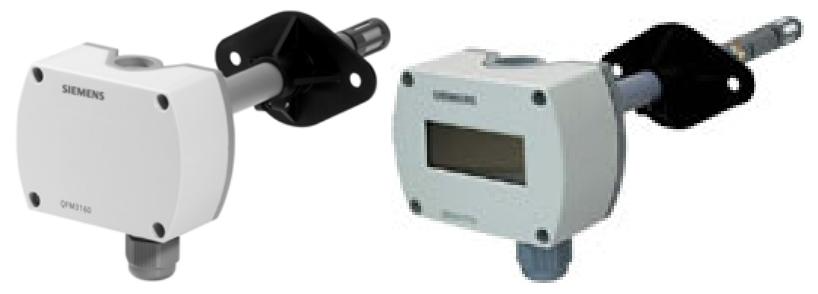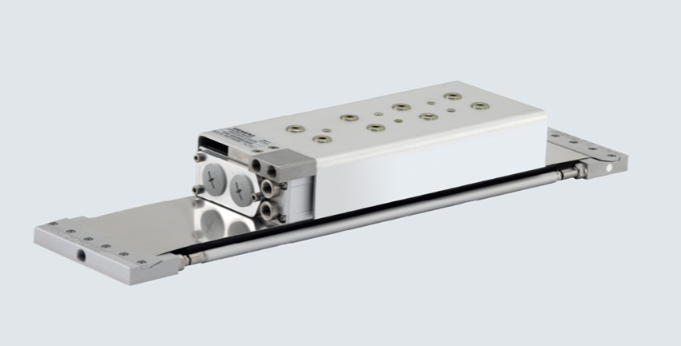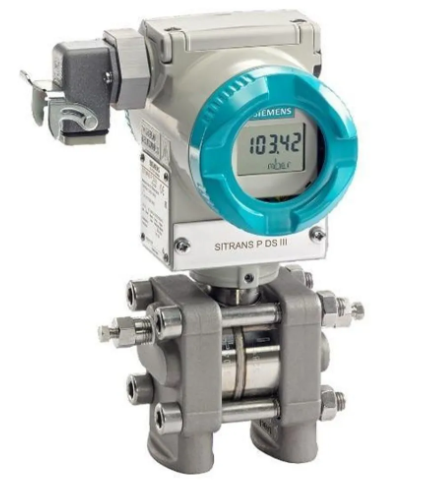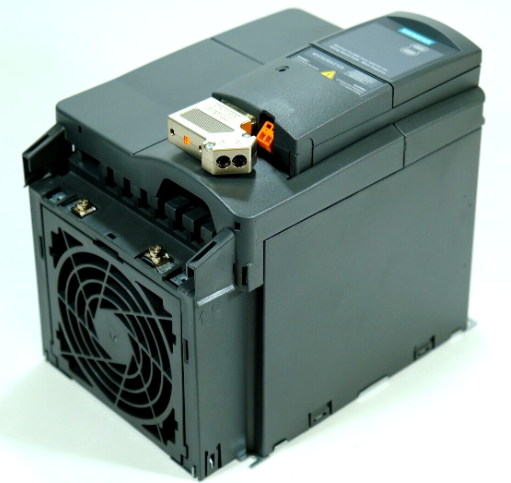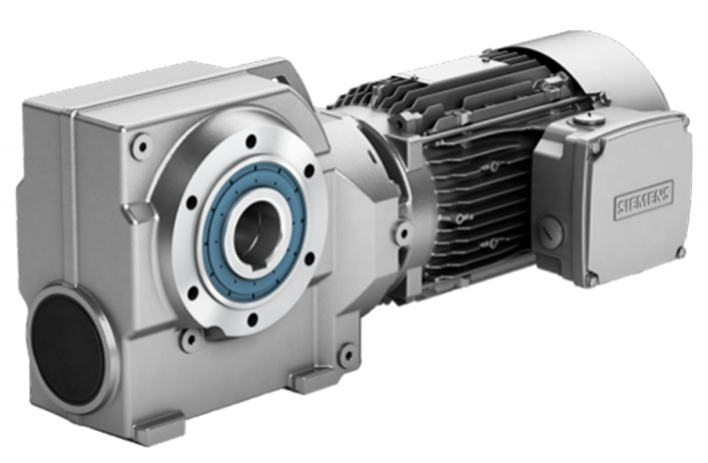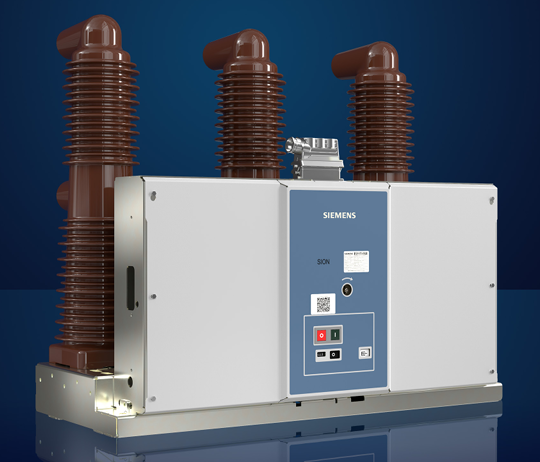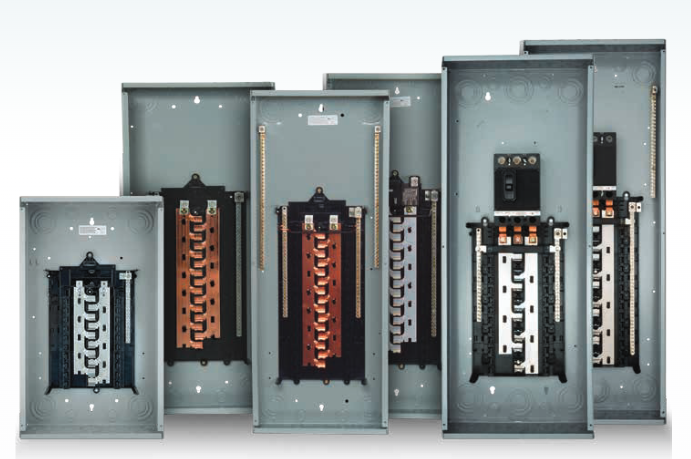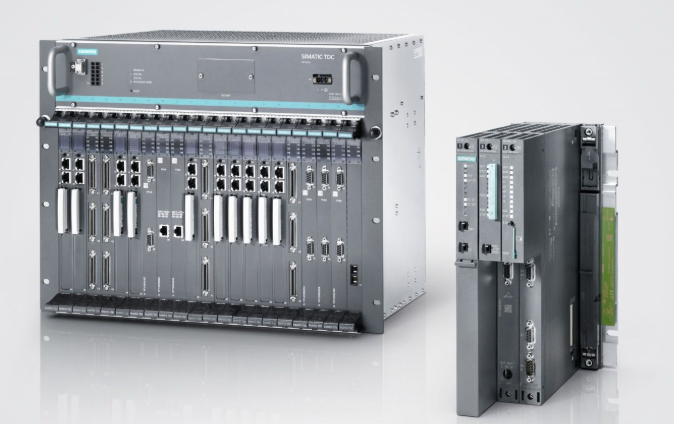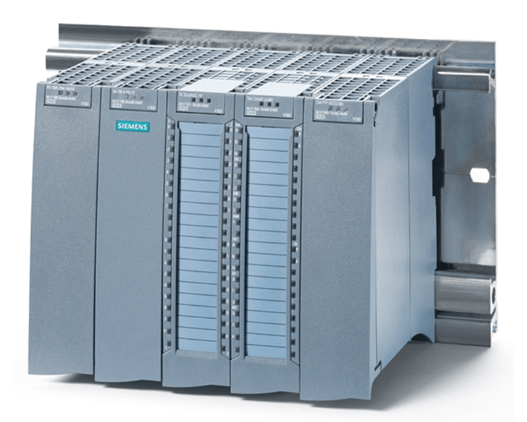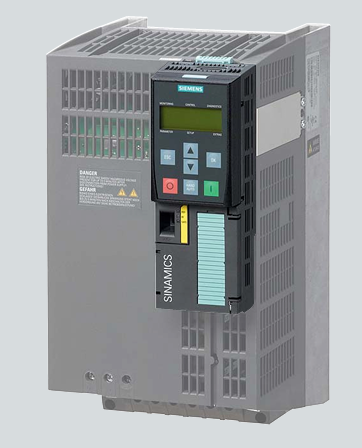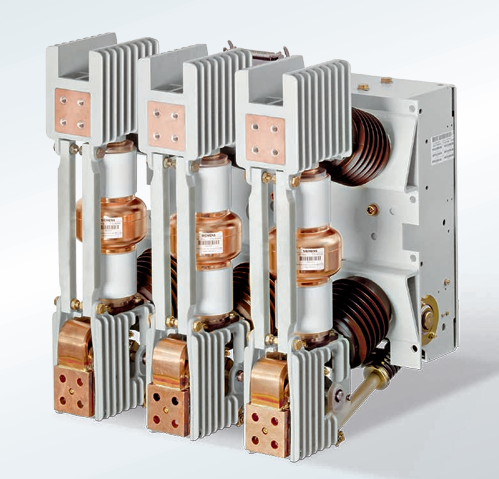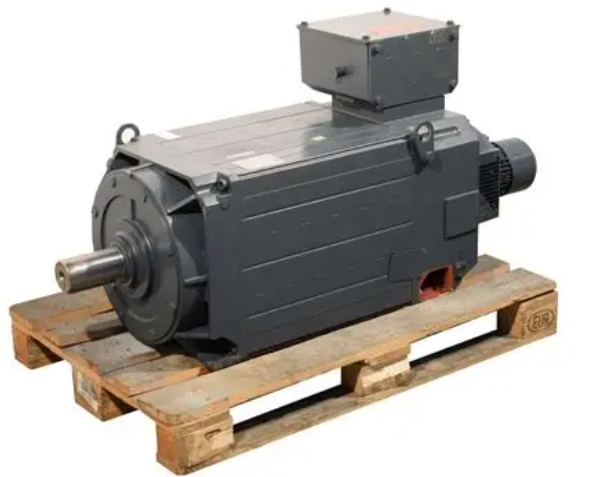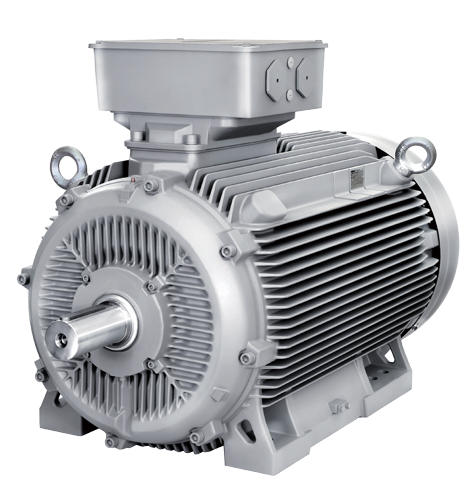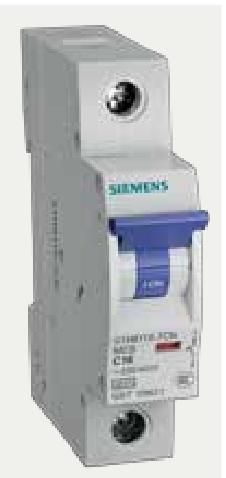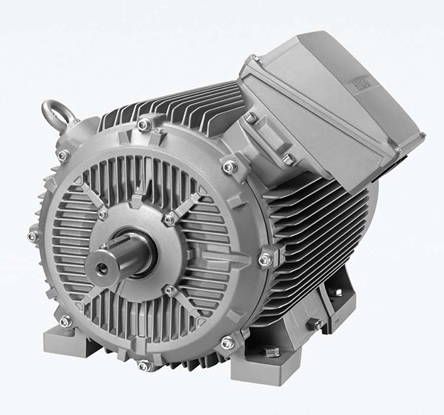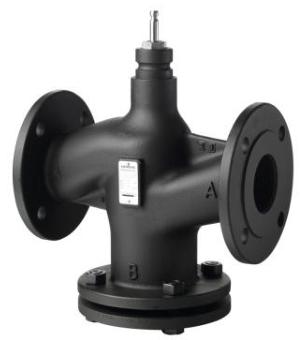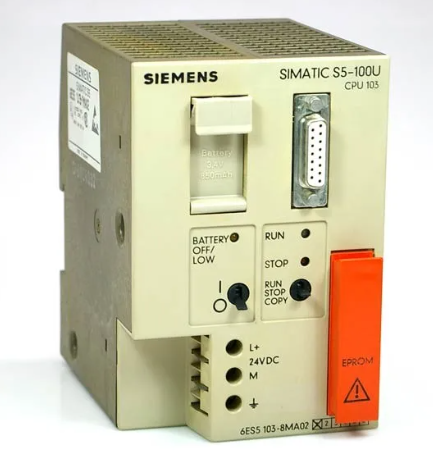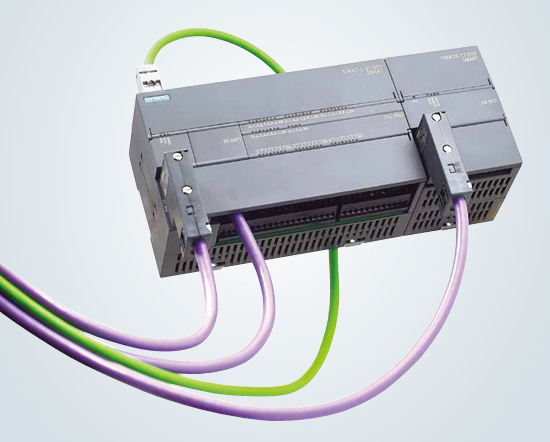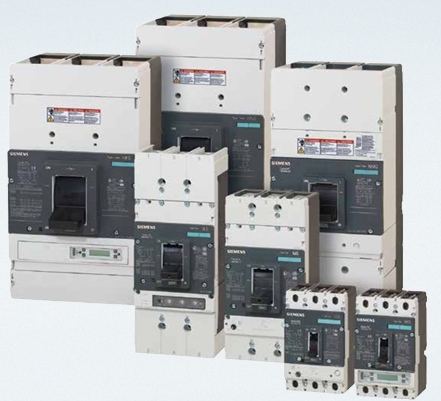The FOXBORO CP30 control processor is a core computing unit designed based on the FOXBORO I/A Series (Intelligent Automation Series) control system architecture, mainly responsible for key tasks such as control logic execution, data acquisition and processing, equipment linkage control, and fault diagnosis. Its hardware design adopts a modular structure, which not only facilitates installation and maintenance, but also allows for flexible configuration according to the needs of actual industrial scenarios, adapting to production systems of different scales.
FOXBORO CP30 Control Processor
Basic Overview of Equipment
The FOXBORO CP30 control processor is a core computing unit designed based on the FOXBORO I/A Series (Intelligent Automation Series) control system architecture, mainly responsible for key tasks such as control logic execution, data acquisition and processing, equipment linkage control, and fault diagnosis. Its hardware design adopts a modular structure, which not only facilitates installation and maintenance, but also allows for flexible configuration according to the needs of actual industrial scenarios, adapting to production systems of different scales.
In terms of compatibility, the CP30 processor can seamlessly integrate with FOXBORO series I/O modules, human-machine interfaces, communication modules, and other peripheral devices. It also supports multiple mainstream industrial communication protocols (such as Modbus, PROFINET, EtherNet/IP, etc.), making it easy to integrate into existing industrial automation networks and achieve data exchange with other control systems or devices.
Core functional features
1. Efficient computation and real-time control
The CP30 processor is equipped with a high-performance embedded processor chip, which has powerful floating-point operations and logic processing capabilities, and can simultaneously execute thousands of control loops. Its control cycle can be as short as milliseconds, and it can quickly respond to parameter changes in the production process, accurately execute various control strategies such as PID (proportional integral derivative) control, sequential control, batch control, etc., to ensure the stability of the production process and the consistency of product quality. For example, in the temperature control of chemical reaction vessels, CP30 can collect real-time temperature sensor data and quickly adjust the output of the heating or cooling system through built-in algorithms to control temperature fluctuations within a very small range.
2. Comprehensive data collection and processing
This processor supports connection with various analog (such as temperature, pressure, flow, liquid level) and digital (such as switch status, equipment operation signals) I/O modules, enabling real-time acquisition of multi-dimensional data during the production process. After being processed internally by CP30, the collected data is used for control logic operations and uploaded to the monitoring system through the communication module. At the same time, historical data is stored to provide data support for production optimization and fault tracing.
3. High reliability and fault-tolerant design
The industrial production environment is complex and requires strict reliability of control equipment. The CP30 processor adopts a multi fault tolerance design, including power redundancy, processor redundancy (supporting dual machine hot standby) and other configurations. When the main processor or power supply fails, the backup unit can seamlessly switch within milliseconds, ensuring uninterrupted control processes and effectively avoiding production downtime or safety accidents caused by equipment failures. In addition, its hardware circuit has been optimized for anti-interference, which can resist the effects of electromagnetic interference and voltage fluctuations in industrial sites, ensuring long-term stable operation of the equipment.
4. Flexible scalability and compatibility
The CP30 processor supports modular expansion for production systems of different scales. Users can increase the number of I/O modules, expand communication interfaces, or upgrade computing units according to their actual needs, without the need for large-scale modifications to the entire control system, reducing the cost and difficulty of system upgrades. At the same time, the processor is compatible with various software components of the FOXBORO I/A Series system, supporting online modification and download of control logic, making it easy for users to quickly optimize control strategies based on production process adjustments.
5. Comprehensive fault diagnosis and alarm functions
The CP30 processor is equipped with a comprehensive self diagnostic mechanism, which can monitor its hardware status (such as processor temperature, memory usage, power status) and the operation of connected devices in real time. When a fault or abnormality is detected, the processor will immediately trigger an alarm signal, accurately feedback the fault information (such as fault type, location, time) to the operator through the human-machine interface or communication network, and automatically execute the preset fault handling logic (such as emergency shutdown, switching to backup equipment), providing convenience for equipment maintenance and troubleshooting, and shortening downtime.
Applicable industry scenarios
Due to its high reliability, precise control capability, and strong adaptability, the FOXBORO CP30 control processor has been widely used in multiple industrial fields
-Petrochemical industry: used for reaction control in crude oil extraction and refining processes, temperature and pressure control in distillation towers, material ratio control, etc., to ensure the safety of production processes and product qualification rates.
-Power industry: Adapt to key links such as boiler combustion control, turbine speed control, and generator grid connection control in thermal power plants and hydropower stations to ensure stable and efficient power production.
-Metallurgical industry: applied in blast furnace ironmaking control, converter steelmaking temperature control, speed and tension control of steel rolling process in steel production, to improve the accuracy and efficiency of metallurgical production.
-Water treatment industry: used for water quality parameter monitoring and control in sewage treatment plants, linkage control of water pumps and aeration equipment, to ensure that the water treatment process meets standards.
-Food and medicine: In the process of food processing and drug production, precise control of temperature, humidity, pressure and other parameters is achieved to meet the industry's requirements for aseptic and standardized production processes.
Key points for installation and maintenance
1. Installation specifications
The CP30 processor should be installed in an industrial control cabinet to avoid direct exposure to high temperatures, humidity, dust, corrosive gases, or strong vibrations. During installation, it is necessary to ensure good ventilation in the cabinet and reserve sufficient heat dissipation space between the processor and other devices (recommended to be no less than 10cm). During the wiring process, it is necessary to strictly follow the wiring manual to ensure that the power supply, I/O signals, and communication lines are firmly connected, in order to avoid equipment failure caused by poor contact.
2. Daily maintenance
-Regularly check the operating status of the processor, including indicator light display, temperature, fan operation, etc., to ensure that there are no abnormal alarms.
-Regularly clean the dust on the surface of the control cabinet and processor to prevent dust accumulation from affecting heat dissipation. It is recommended to clean them at least once a month.
-Backup control logic programs and historical data to avoid data loss due to device failures. It is recommended to perform a full backup once a week.
-Regularly check the connection status of power and communication lines, and promptly deal with any looseness or aging to ensure the stability of the lines.
-Follow the requirements of the equipment manual for software upgrade, and make a backup of the program before upgrading to avoid accidents during the upgrade process.
3. Common fault handling
When the CP30 processor malfunctions, the alarm information can be viewed through the human-machine interface to preliminarily locate the cause of the fault:
-If a power failure alarm occurs, it is necessary to check whether the power supply is normal, whether the power module is damaged, and replace the power module if necessary.
-If there is a communication failure, it is necessary to check whether the communication line is disconnected, whether the communication protocol configuration is correct, and whether the surrounding communication equipment is normal.
-If there is a malfunction in the I/O module, it is necessary to check whether the connection between the I/O module and the processor is secure and whether the module itself is damaged. This can be resolved by replacing the module.
-If there is an abnormal execution of the control logic, it is necessary to check whether the program has errors and whether the parameter configuration is reasonable. This can be resolved by restoring the backup program or re optimizing the logic.
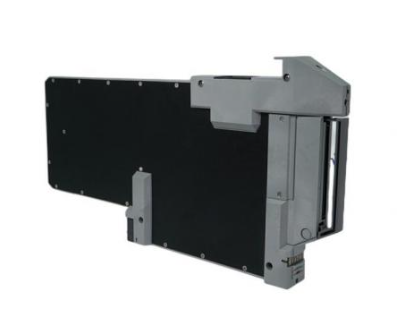
- User name Member Level Quantity Specification Purchase Date
- Satisfaction :
-









Email:wang@kongjiangauto.com

